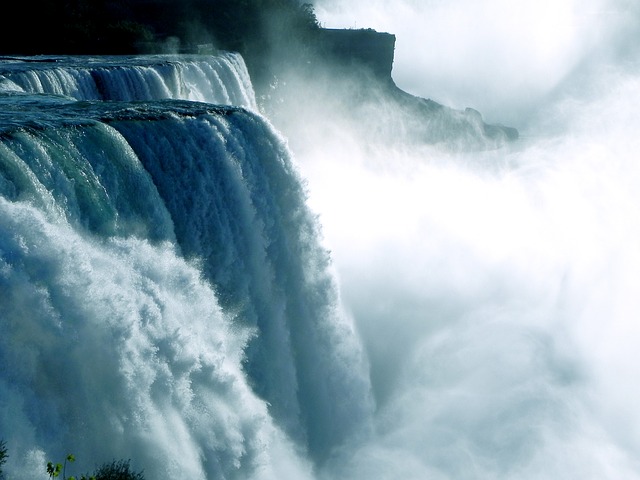
However, negative ions decrease by recombination as the air gets polluted. In theory, more negative ions should exist in the air. While few ways generate positive ions only, the Lenard's effect, beta ray emission and so on generate negative ions only. In most cases, positive and negative ions are generated in pairs. Negative ions are generated when atmospheric pressure falls because air is drawn out of the earth together with Emanation due to the pressure changes. It decays more rapidly in the atmosphere while emitting alpha, beta and gamma rays, and it ionizes the air. "Emanation" is a gaseous form of decayed substances found at the surface of the ground. Uranium, Radium, Actinium, Thorium) exist extensively in the earth. Its transmittance is higher than that of X rays while it ionizes molecules as intensively as the X ray. This is a very short wavelength electromagnetic wave. It does not ionize other molecules so intensively as the alpha ray. This is an electron and it is charged negatively and it passes through the air at very high speeds. When the particle passes through the air it collides with gaseous molecules and ionizes them intensively.

The majority of ions found at or near the surface of the earth are generated by alpha, beta or gamma rays.Ī helium atom becomes a positively charged tiny particle after losing two electrons. It has been said that the photoelectric effect is less likely to cause ion generation because few substances, which can cause the photoelectric effect, exist at or near the surface of the earth. Ions are generated by the photoelectric effect (when a light of a certain wavelength hits a metallic surface, the surface emits electrons).Įlectrons collide with molecules in the air to ionize the molecules. The inner/outer layer is charged negatively/positively respectively.Īs soon as a newly formed water droplet has contact with the air positive ions in the air are absorbed into the droplets outer layer.Īs a result the surrounding air is charged negatively and thus negative air ions are generated. Two electronic layers always exist on the surface of a drop of water. The droplets and the surrounding air are charged positively and negatively respectively. When a drop of water changes its shape (e.g. This results in lower ion densities at or near the earth's surface. Negative and positive ions combine together and they are electrically cancelled out on their way back to the ground surface. These highly concentrated ions are diffused to the ground surface at low speeds. It has been said that molecules are ionized about 10 times more intensively at an altitude of 10km than at the ground surface. This intensive ionization phenomenon can be found in the upper layers of the atmosphere. (Research conducted by Leonard, Thompson, Brenry) Gaseous molecules are intensively ionized when UV rays pass through the molecules. While new ions are generated some cease to exist in order to maintain a certain balance. Mobility values range from 0.01 to 0.1 (cm 2/Vs).Īir ions in the atmosphere are generated in various ways. This group of ions was discovered by Pollock and exists only in low humidity conditions, and does not exist near the earth's surface.


Mobility values range from 0.0005 to 0.01 (cm 2/Vs). While having the same structure as small ions, it can weight 1,000 times more. Generally, positive ions weigh more than negatively charged ions, and mobility values are larger than 0.4-0.8 (cm 2/Vs).Ī large ion (also known as Heavy ion) is a negative or positive small ion (molecule) absorbed by dust, mist or another tiny particle. It attracts gaseous molecules and combines with them to form a small ion molecule while positioning itself in the center.Ī small ion molecule consists of 2 to 30 molecules. Most ions found in the atmosphere belong to this group (also known as Lightweight or Normal ion).Īs soon as an electron or ionized atom shows up in the atmosphere, It is generally found at high altitudes where the air is rarefied, or in highly purified nitrogen, helium and argon.Īn atom, which has lost an electron, is a positively ionized atom.Īn electronically neutral atom, which has obtained an electron, is a negatively ionized atom.īoth types of ions along with electrons exist only in the upper layers of the atmosphere. Its mobility values are as large as beta rays generated by cathode rays or radiant substances. Ions are generally categorized into the following groups based on mobility values and dimensions.Īn free-floating electron exists by itself and weights only about 1/1800 of the hydrogen atom.


 0 kommentar(er)
0 kommentar(er)
